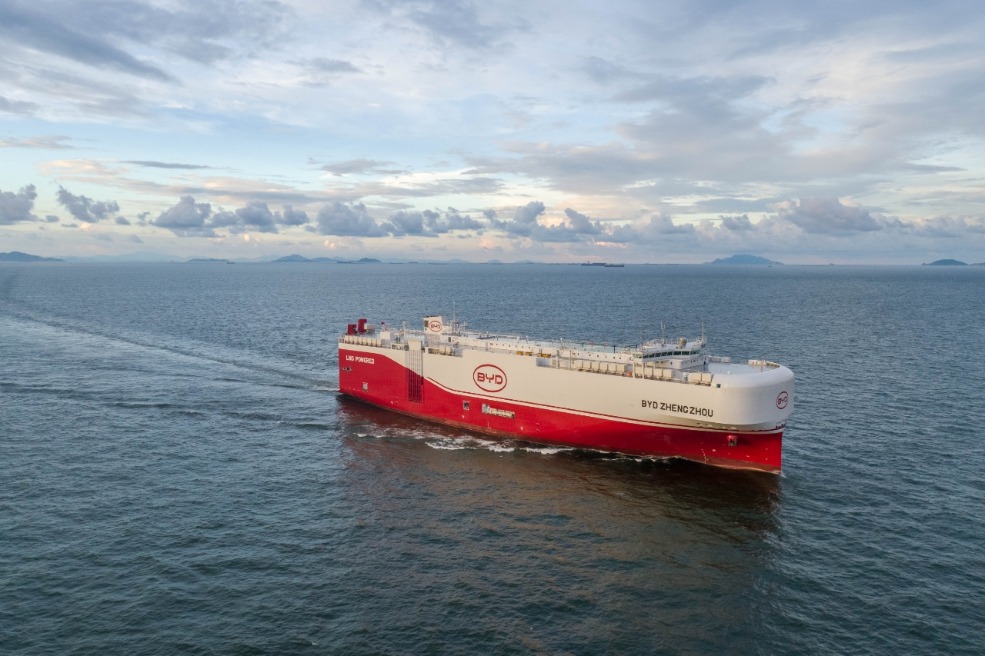Green hydrogen a key driver in carbon neutrality


Green hydrogen can play a pivotal role in helping China achieve a carbon emission peak by 2030 and carbon neutrality by 2060, according to a report launched by the World Economic Forum Tuesday at the 14th Annual Meeting of the New Champions in Tianjin.
In collaboration with global consultancy Accenture and China Hydrogen Alliance, the report, Green Hydrogen in China: A Roadmap for Progress, outlines a blueprint to help China deliver on its ambitious green hydrogen vision.
China is the world's largest hydrogen producer and consumer, the report said. However, due to challenges from cost, infrastructure and demand, green hydrogen, which refers to hydrogen produced via electrolysis powered by renewable energy sources, currently makes up a tiny fraction of the country's hydrogen production and consumption.
To overcome these challenges, the paper proposes 35 enabling measures, to be executed in three phases from now until 2030.
Green hydrogen will be a key success factor to deliver on China's ambitions to become emissions-free by 2060, said Roberto Bocca, head of the Center for Energy and Materials at the World Economic Forum.
As China aims to peak carbon dioxide emissions by 2030 and achieve carbon neutrality by 2060, governments at all levels are making efforts to promote the hydrogen energy industry, laying out specific hydrogen development plans to drive the industry.
With strong policy guidance and incentives, China has the potential to commercialize green hydrogen technologies to transform its industrial system and the wider economy, the report said.
Hydrogen is crucial to the net-zero transition of the power sector, said Deng Jianling, president of China Huaneng Group Co Ltd. "It matches well with large-scale renewable energy such as wind and solar to achieve dynamic energy storage across seasons and regions."
Green hydrogen will take up more in the energy mix, from 1 percent in 2019 to 10 percent by 2030, the China Hydrogen Alliance estimated, adding the market scale will have increased nearly 30 times by then, which would require the production of at least 5 million tons of hydrogen per year.




































